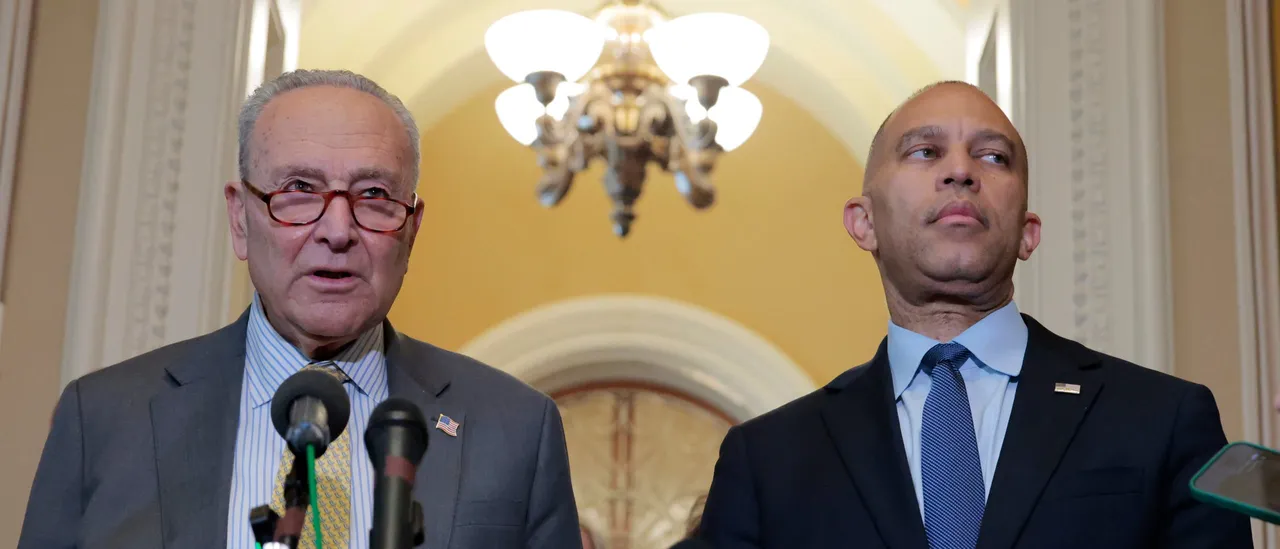New data is undermining a key argument made by Democrats during the ongoing government funding standoff. For nearly three weeks, Democrats have insisted they will not back any funding bill unless it includes an extension of COVID-era Obamacare premium subsidies, set to expire at the end of 2025. Democrats have warned of catastrophic healthcare cost increases if the subsidies expire and accused Republicans of attempting to "gut the healthcare of everyday Americans."
However, a recent analysis by the Paragon Health Institute published on Tuesday reveals that the expiration of these subsidies would account for only 3.3% of the projected premium increase for 2026. According to the institute, the real drivers of rising premiums are the same structural flaws that have affected Obamacare since its inception, as well as increasing healthcare costs.
The subsidies, known as premium tax credits, were created under the Affordable Care Act (ACA) to assist individuals purchasing insurance on public exchanges if they lacked other coverage. Initially, these credits applied to households earning between 100% and 400% of the federal poverty level. But under the Biden administration, the American Rescue Plan and the Inflation Reduction Act removed the income cap and expanded subsidies, in some cases lowering premiums to zero for certain households.
Democrats passed these expansions without Republican support, with the subsidies originally set to expire at the end of 2025. Now, they are linking the anticipated premium hikes to the expiration of those subsidies, blaming Republicans for letting them expire according to the timeline they themselves established.
In the lead-up to the shutdown on October 1, Democratic leaders, including Senator Patty Murray, warned that without the subsidy extension, premiums would skyrocket. Murray claimed a family paying $238 per month for health insurance could face premiums of $1,800 per month next year, blaming Republicans for this increase. House Minority Leader Hakeem Jeffries similarly argued that Republicans were raising Americans' healthcare premiums by thousands of dollars each year.
However, Paragon’s analysis indicates that the expiration of the subsidies will only account for a small portion of the projected premium increase. For example, the 2025 benchmark premium for a typical ACA enrollee, a 50-year-old earning 200% of the federal poverty level, is expected to rise from $8,326 to $9,991 in 2026. Of the $1,665 increase, just $333—or 3.3%—stems from the expiration of the subsidies. The remaining $1,332 increase is due to factors like higher medical utilization, inflation, healthcare consolidation, and rising specialty drug costs.
Even if the subsidies expire, taxpayers are still expected to cover over 80% of the typical Obamacare enrollee’s premiums, according to Paragon.
Critics of Obamacare argue that Democrats’ push to extend the subsidies is an implicit admission that the ACA, as originally written, has failed to make healthcare affordable. Extending the subsidies could also cost taxpayers up to $350 billion over the next decade, according to the Congressional Budget Office.



